Septic Service Scheduling Tips
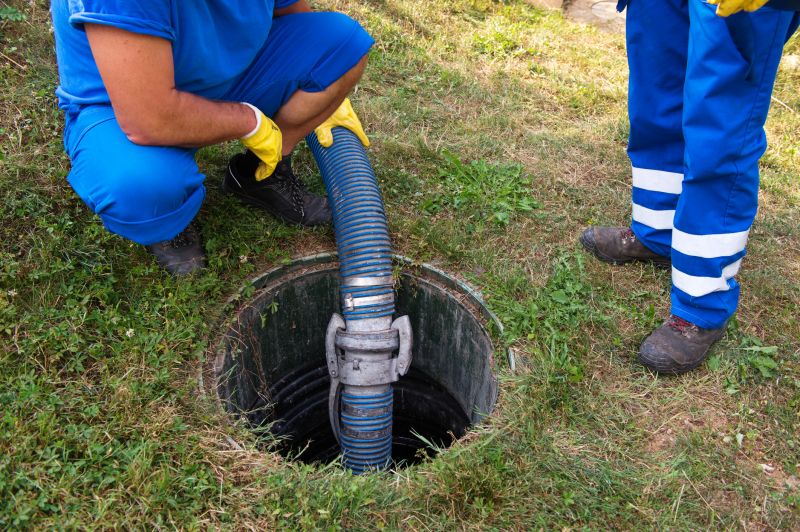
Ways to make Septic Service work in tight or awkward layouts.

Popular materials for Septic Service and why they hold up over time.
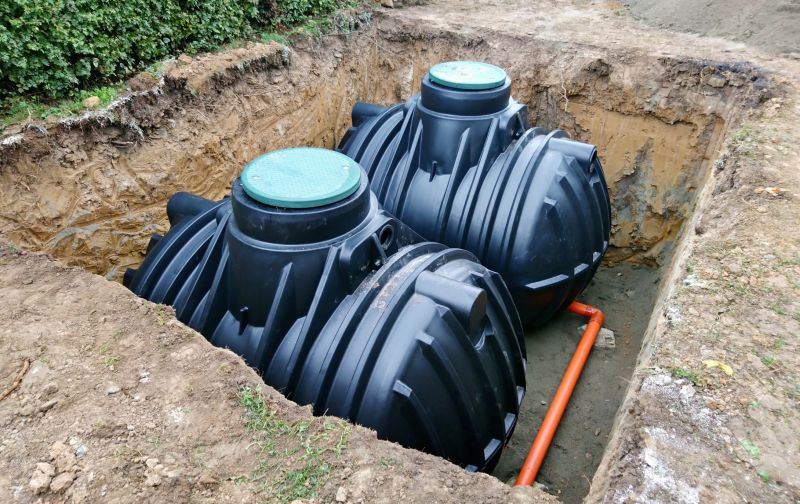
Simple add-ons that improve Septic Service without blowing the budget.
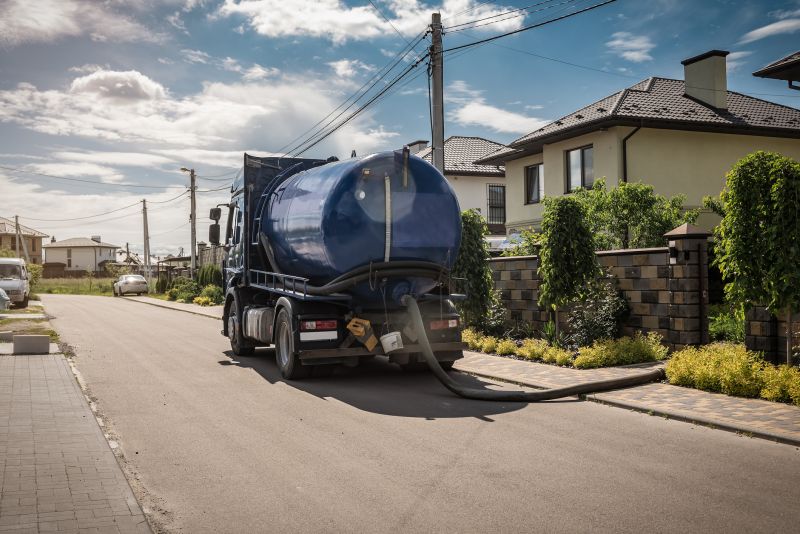
High-end options that actually feel worth it for Septic Service.

Finishes and colors that play nicely with Septic Service.

Little measurements that prevent headaches on Septic Service day.

A 60-second routine that keeps Septic Service looking new.

A frequent mistake in Septic Service and how to dodge it.

Small tweaks to make Septic Service safer and easier to use.

Lower-waste or water-saving choices for Septic Service.
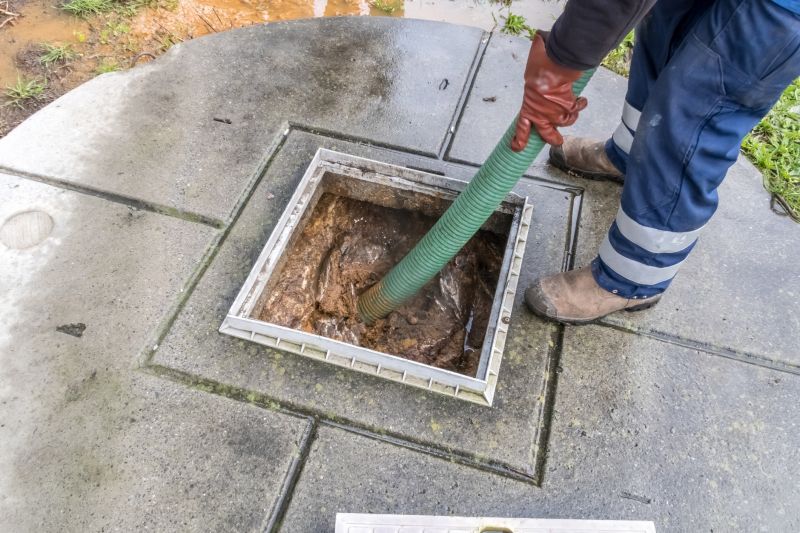
The short, realistic tool list for quality Septic Service.

Rough timing from prep to clean-up for Septic Service.
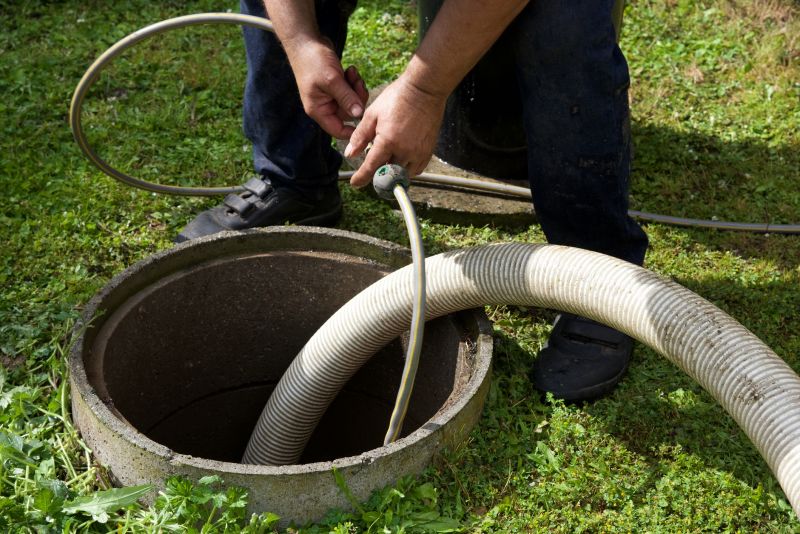
Quick checks and paperwork to keep after Septic Service.
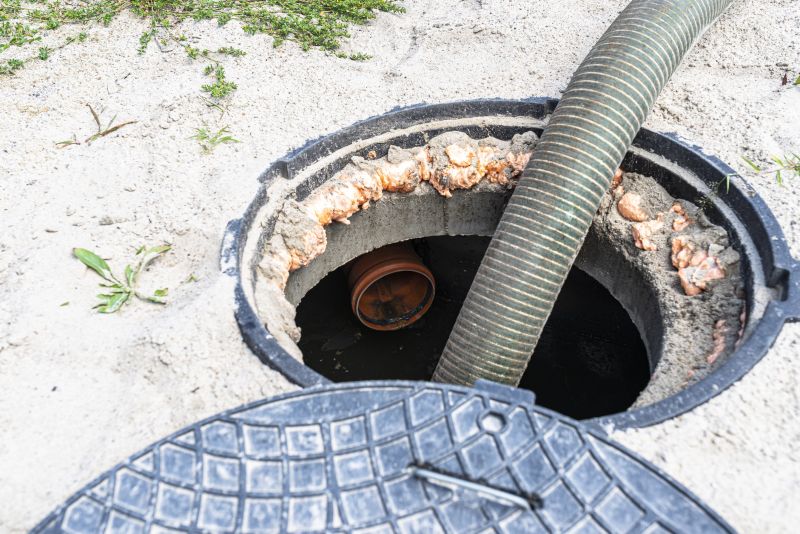
Examples that show the impact a good Septic Service can make.
Septic service involves regular maintenance and inspections to ensure proper functioning of septic systems. Proper scheduling can prevent costly repairs and system failures. Typically, septic tanks should be inspected and pumped every three to five years, depending on usage and tank size. Seasonal considerations, such as before heavy usage periods or after significant weather changes, can influence the optimal timing for service.
Statistics indicate that neglecting septic maintenance can lead to system failures, environmental hazards, and expensive repairs. Regular servicing extends the lifespan of septic systems and maintains efficient waste processing. In Walnut Creek, California, local conditions such as soil type and water table levels can affect the ideal timing for septic service. It is recommended to follow local guidelines and consult with septic professionals for personalized schedules.
A: Septic tanks should be inspected at least every three years to check for issues and ensure proper operation.
A: Pumping is generally recommended every three to five years, depending on usage and tank size.
A: Spring and fall are often ideal seasons, avoiding extreme weather conditions that can hinder access or effectiveness.
A: Signs include slow drains, bad odors, or standing water near the drain field.


